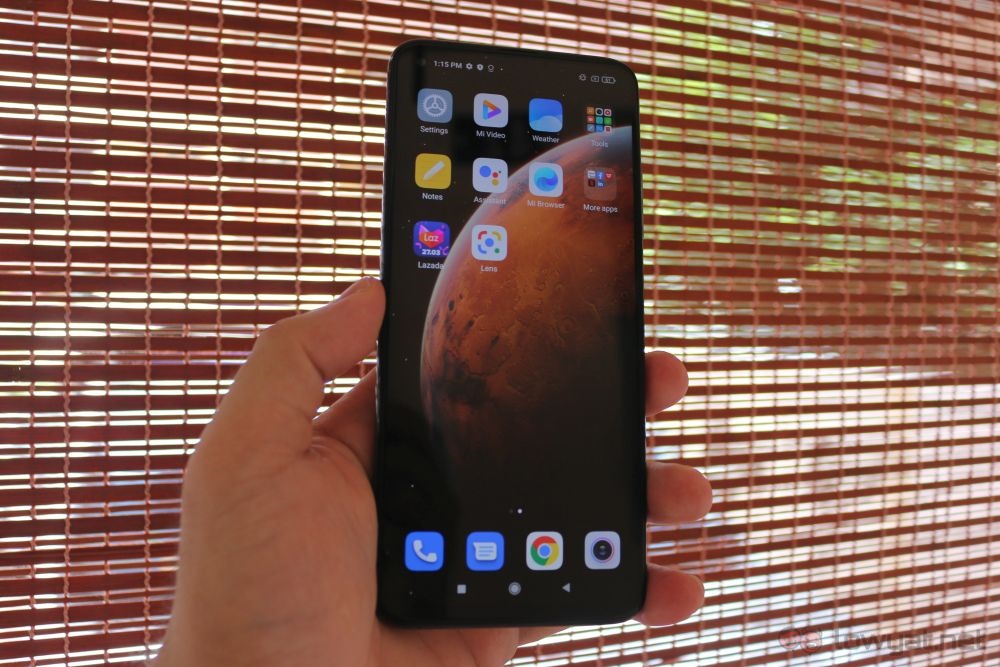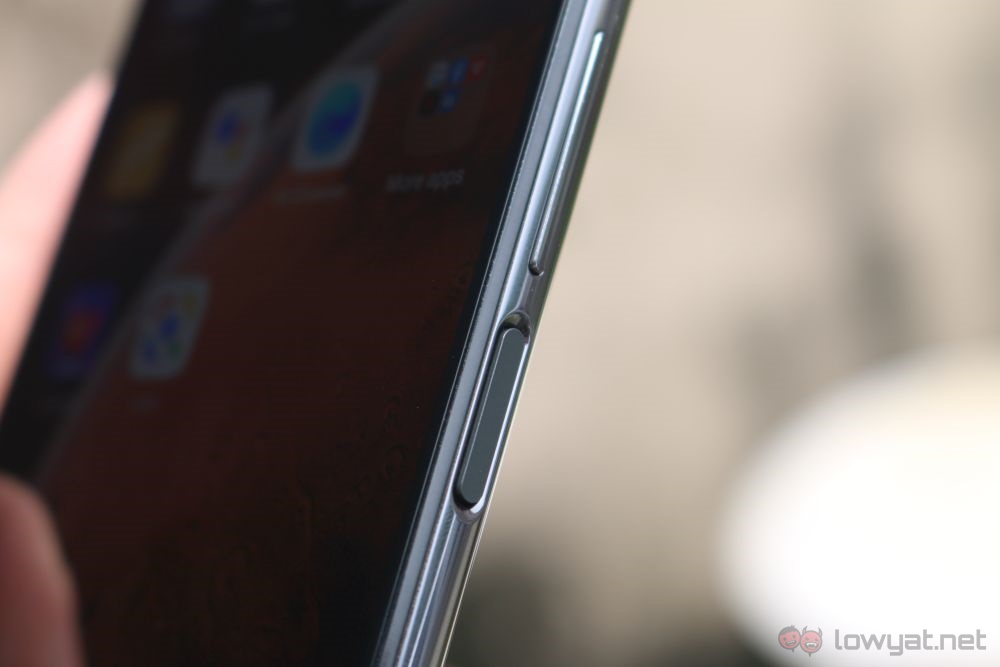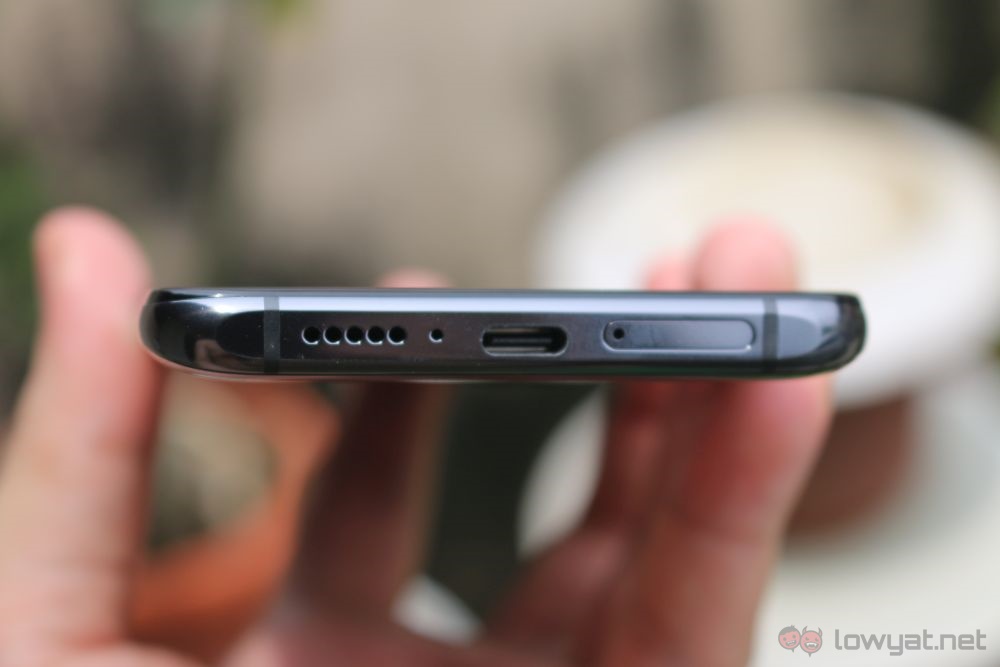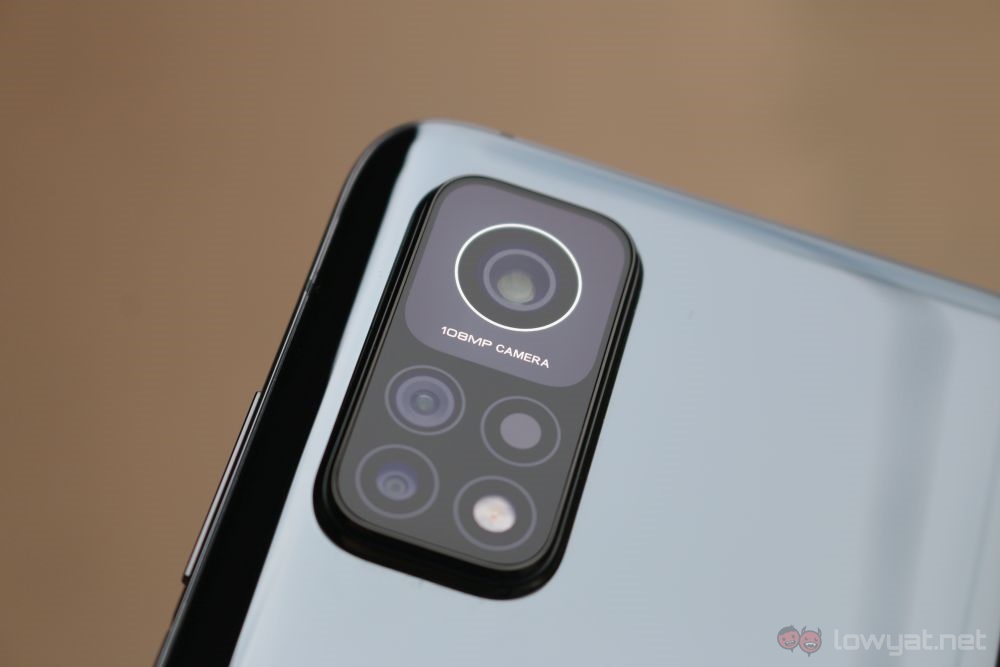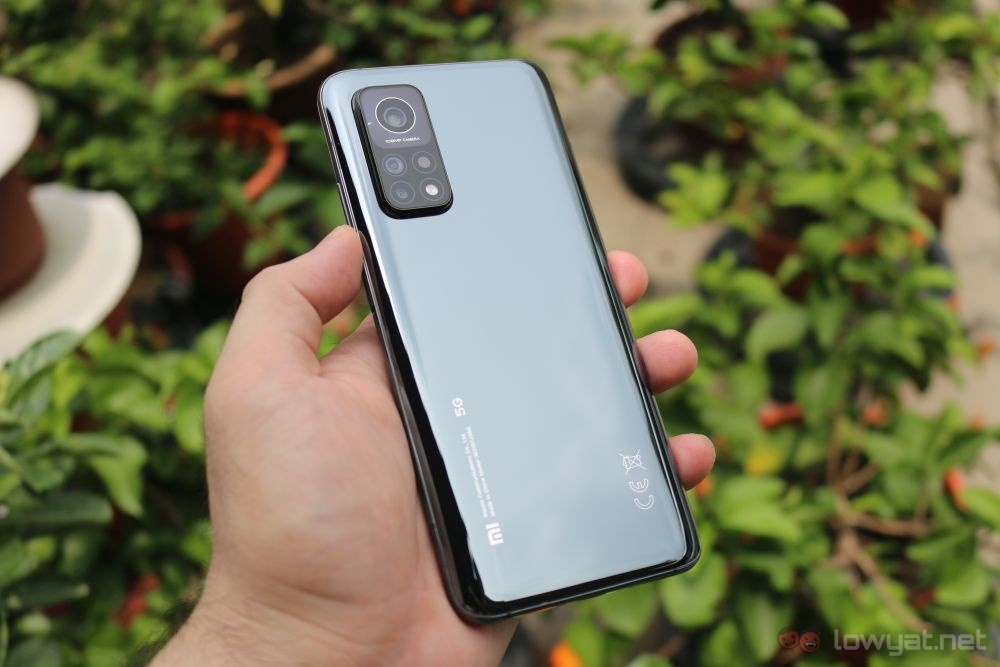The first thing that catches the eye is that it’s a pretty thick phone. Not by much when you compare it to other phones, but on its own, this part of it really stands out for some reason. It also has the weight to match, which means it’s not a phone you’ll want to hold in your hand for extended periods of time. Fortunately, the weight distribution on it is well balanced, so it doesn’t add additional strain to your wrist as it sits in your hand.
Its screen is a flat one. While it’s not terribly unusual, Xiaomi said during its international launch that this is a deliberate decision, based on fan feedback. But the company did give the Full HD+ display of the Xiaomi Mi 10T Pro a refresh rate of 144Hz. This is a number that you usually see on monitors instead. It’s also a little on the large side, measuring in at 6.67 inches. It’s difficult to tell the difference between this 144Hz display and other high refresh rate screens, at least to my eyes. That being said, it’s immediately obvious that your scrolling experience will be undoubtedly smoother than on any phone with a standard 60Hz refresh rate screen. Xiaomi also says that it has its own Adaptive Sync tech, which is basically vsync. By this stage, it shouldn’t be surprising to see a punch hole cutout at either top corner of a phone. In this case, it’s located on the top left corner. More interestingly is the earpiece, which also functions as a speaker. This gives the phone a stereo speaker setup, considering the much more common speaker grille at the bottom of the phone.
The layout on the sides of the Xiaomi Mi 10T Pro is pretty standard as far as phones go. You have the power button and volume rocker on the right, but bonus points for making the power button also a fingerprint sensor.
Then at the bottom, you have the usual USB-C charging port and the aforementioned speaker grille. As you can see, there’s no 3.5mm audio jack. It does come with a USB-C to 3.5mm adaptor in the box. But there’s no headphones of any sort within, which is also strange in its own way. At the back, you get a very reflective surface. It’s very nice to look at, but it gets a lot of fingerprints on in no time at all. Which makes the fact that the phone comes with a case in the box a really good thing. The case itself is also quite interesting, as Xiaomi claims that it’s been made with antibacterial properties. It’s probably an extra selling point during the current health crisis, even if it’s caused by a virus.
But back to the phone. The massive camera island is on the top left corner, as always. And Xiaomi has made the main 108MP camera of the Mi 10T Pro as obvious as it can. Below it are the 13MP wide-angle camera and the 5MP macro camera. While it may look like there’s another one above the LED flash, the company says it’s a dedicated light sensor.
In usual Xiaomi fashion, the MI 10T Pro is very competitive when it comes to its price to performance ratio. And at under RM2000, this is even more so, for a device with a Qualcomm Snapdragon 865 chipset. The phone has a lot going for it, but it remains to be seen if all of these immediate benefits will remain once the phone has been used long term.
